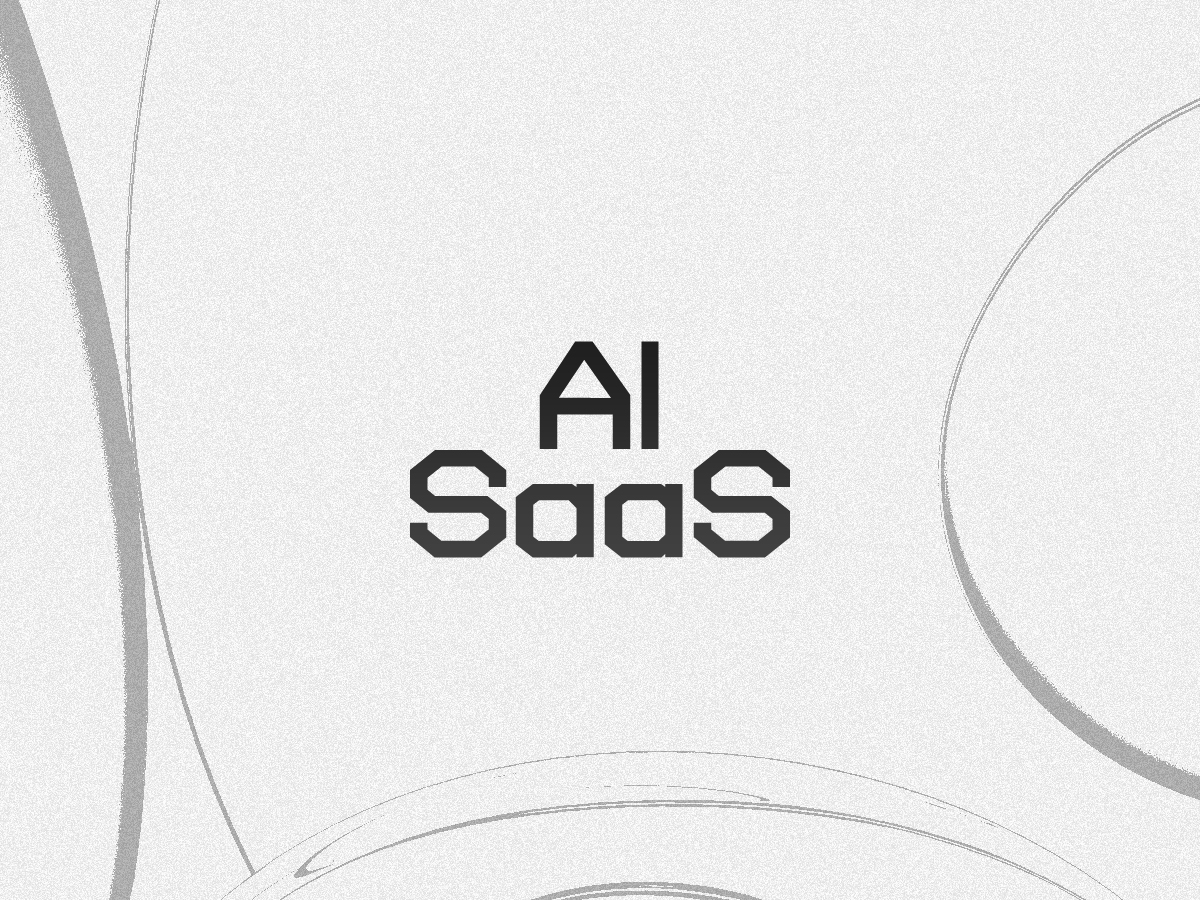Introduction
Artificial Intelligence has become the heartbeat of next-generation SaaS platforms. From automating customer support to powering advanced analytics and personalized content, AI SaaS (Software as a Service) products are redefining how businesses operate and innovate. But as the market grows exponentially, so does the complexity in evaluating and comparing these tools.
To navigate this dynamic landscape effectively, we need a structured way to classify AI SaaS products. This guide outlines the most critical classification criteria, helping product managers, engineers, buyers, and investors make informed decisions based on functionality, architecture, industry use cases, and ethical dimensions.
What Is an AI SaaS Product?
An AI SaaS product is any cloud-based software application that integrates artificial intelligence technologies—such as machine learning, natural language processing (NLP), or generative AI—to deliver enhanced functionality. These solutions are typically subscription-based and accessible via web interfaces or APIs.
Examples include:
-
Jasper (AI writing assistant)
-
Gong (conversation intelligence)
-
Intercom AI (automated customer support)
-
Notion AI (productivity enhancement)
-
Salesforce Einstein (AI-augmented CRM)
Why Do We Need AI SaaS Classification?
Classifying AI SaaS products provides strategic and operational clarity by helping organizations:
-
Evaluate product maturity and reliability
-
Ensure regulatory compliance in high-risk industries like healthcare or finance
-
Assess ethical risks, such as bias or explainability
-
Compare competing solutions based on technical capabilities and intended use
Core Criteria for AI SaaS Product Classification
Below are six key dimensions to classify AI SaaS platforms effectively:
1. Type of AI Capability
At the foundation of any classification lies the AI functionality embedded in the software:
-
Machine Learning (ML): For predictive analytics, personalization, anomaly detection
-
Natural Language Processing (NLP): Used in chatbots, text summarizers, sentiment analysis
-
Computer Vision (CV): For image classification, document scanning, facial recognition
-
Generative AI: Powers content creation (text, images, code), using models like GPT or DALL·E
-
Speech Recognition & TTS: Converts speech to text or text to speech
-
Reinforcement Learning: Common in recommendation engines or autonomous systems
Understanding what kind of AI is embedded determines how the tool functions and what its limitations are.
2. Degree of AI Integration
Not all SaaS tools rely on AI equally. They can be classified into:
-
AI-native: AI is the core engine (e.g., Copy.ai, GitHub Copilot)
-
AI-augmented: Traditional SaaS tools enhanced with AI features (e.g., Notion AI)
-
AI-optional: AI features exist but are non-essential (e.g., toggleable insights in analytics dashboards)
This affects both the value proposition and the operational complexity for adopters.
3. User Interaction with AI
How end users interact with the AI affects usability, risk, and trust:
-
Black-box AI: The AI makes decisions but doesn’t show its reasoning (e.g., credit scoring)
-
Explainable AI (XAI): Users can understand and audit outputs (important in hiring, legal tools)
-
Human-in-the-loop: AI offers suggestions, but humans approve final actions (e.g., Grammarly)
-
Fully autonomous AI: Systems operate with minimal or no human involvement (e.g., automated trading bots)
Understanding user interaction helps in aligning tools with company policies and compliance requirements.
4. Industry-Specific Application
AI SaaS products are often designed with industry use in mind. Classification by domain includes:
-
Healthcare: Clinical decision support, diagnostics, medical transcription
-
Finance: Fraud detection, automated underwriting, risk scoring
-
Retail & E-commerce: Dynamic pricing, customer segmentation, inventory prediction
-
LegalTech: AI-assisted contract review, litigation prediction
-
Marketing & Sales: Lead scoring, automated copywriting, campaign optimization
Industry-specific classification aids in assessing domain relevance, regulations, and integration potential.
5. Model Training & Adaptation Scope
AI models vary in terms of how they’re trained and updated:
-
Pretrained Models: Trained on public datasets, generalized (e.g., GPT-4)
-
Custom Models: Trained on proprietary organizational data
-
Fine-Tuned Models: Pretrained models tailored to specific domains
-
Federated Learning: Models updated across multiple devices without centralized data
-
On-device Learning: Adapts in real-time based on local user interaction
This affects data privacy, infrastructure needs, and customization options.
6. Deployment Architecture
Deployment models dictate how the AI SaaS is consumed:
-
Multi-tenant Cloud: Shared infrastructure, scalable, ideal for startups
-
Single-tenant Cloud / VPC: More secure and customizable, often used in regulated sectors
-
Hybrid Cloud: On-prem + cloud integration for flexibility and data control
-
Edge AI SaaS: Real-time inference on local devices (used in IoT, autonomous systems)
Knowing the deployment model is crucial for IT, compliance, and scalability planning.
Real-World AI SaaS Classification Example
Product: Gong.io (AI for Sales Coaching)
-
AI Capability: NLP + ML for voice analytics
-
Integration: AI-native product
-
Interaction Level: Human-in-the-loop (coach reviews insights)
-
Industry: B2B Sales / Revenue Ops
Related Content: https://7balance.org/b2b-saas-ai-startup-investment-criteria/
-
Model Type: Proprietary model trained on customer data
-
Deployment: Multi-tenant cloud with enterprise controls
Challenges in Classifying AI SaaS Products
Despite its importance, classification isn’t always straightforward:
-
AI-washing: Many vendors falsely label products as “AI-powered” for marketing
-
Overlapping Capabilities: Tools often blend multiple AI types, making one-size-fits-all classification tough
-
Lack of Transparency: Proprietary models may hide how decisions are made
-
Rapid Tech Evolution: New capabilities often outpace taxonomy updates
Organizations should use hybrid evaluation methods, combining vendor disclosures, audits, and hands-on trials.
Future Trends in AI SaaS Classification
-
Risk-Based Regulatory Frameworks: Like the EU AI Act will drive formal classification standards
-
Metadata-Based Classification: Embedding model descriptors into APIs and documentation
-
Third-Party Certifications: Tools may soon carry “AI trust labels” indicating safety and explainability
-
Industry-Specific Governance Models: Unique to sectors like education, defense, or public services
Final Thoughts
AI SaaS products are reshaping how we work, sell, serve, and innovate—but not all tools are created equal. A structured classification approach allows stakeholders to evaluate capabilities, assess risks, ensure compliance, and ultimately make smarter product decisions.
Whether you’re deploying AI SaaS internally, investing in AI startups, or building a solution yourself, understanding classification criteria is no longer optional—it’s a competitive advantage.
Related Product (E-Book): https://7balance.gumroad.com/l/ai-saas-product-classification-criteria

